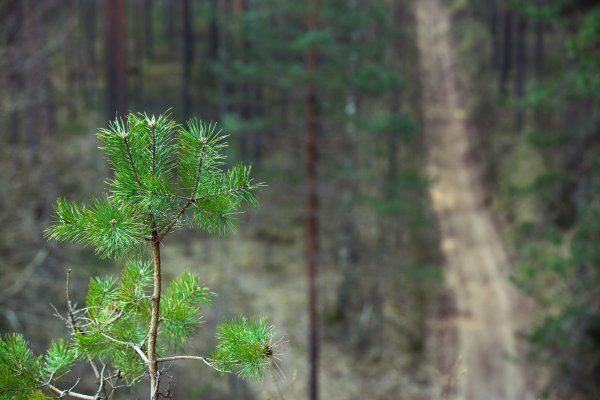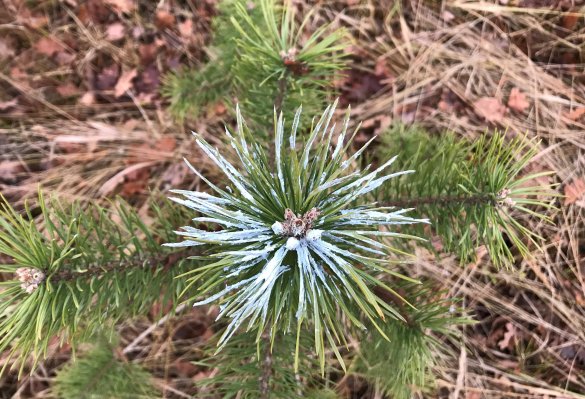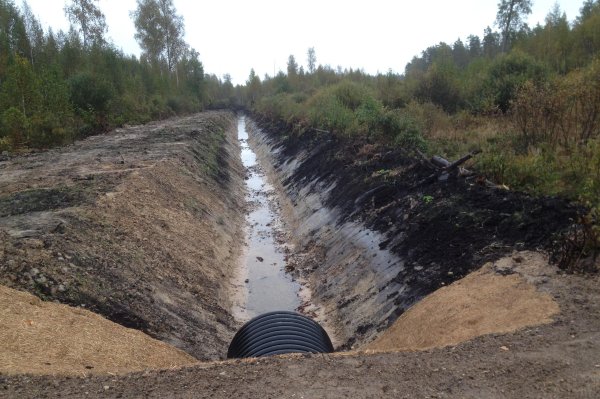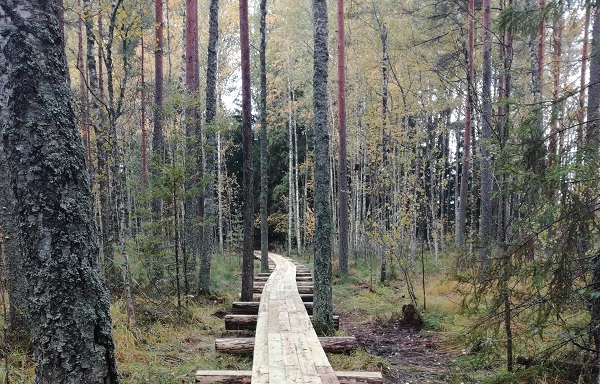Last Year's Forest Management Works in LVM Northern Latgale Region
Fruitful and healthy forest does not grow on its own; it should be taken care of professionally and purposefully. JSC "Latvia's State Forests" (LVM) employees carry out regular surveys and organise a number of forest tending activities to ensure the best growing conditions for trees, respecting the environment and providing recreation opportunities. In 2018, LVM carried out a number of different forest management activities in Northern Latgale Region: reforestation and tending, infrastructure, recreation and other works.
"Timely-tended forest is healthier, it suffers less from a variety of natural disasters, it boasts more valuable wood that also produces more oxygen and we can enjoy the fresh air and the pleasant forest landscape. The year 2018 was full of different achievements and responsibilities, balancing the economic, environmental and recreational opportunities," says Dainis Rudzīts, JSC "Latvia's State Forests" Head of Forest Management Planning of Northern Latgale Region.
Forest regeneration and tending
For the future forest to grow productive and qualitative, seedlings cultivated by Latvian forest scientists and grown in JSC "Latvia's State Forests" nurseries are used for forest planting, which allows to obtain more valuable wood harvest. Pine-trees, spruces, birch-trees and to a lesser extent black alders were the tree species most commonly planted in LVM Northern Latgale Region last year - 2.5 million tree seedlings were planted in an area of 973 ha.
Forest planting is just the beginning of long-term forest tending and cultivation work. For the first four years, the young seedlings are taken special care of by cutting grass and shrubs that interfere with their growth. Foresters call it agro-technical tending. Last year, it was necessary to take measures to protect young trees in an area of 1037 ha, where a high density of forest animals was observed.
For younger trees it is necessary to protect tree tops, for larger trees - tops and side branches, while the trunks of the longest trees are protected with special elastic spirals. All forest protection products used are environmentally friendly, made from natural substances and are rapidly degraded in the forest environment.
The next step in forest growing is to take care of young trees by reducing the number of competing trees, freeing up space for the most valuable and healthy future trees. LVM has tended young forest stands in an area of 3100 ha in the Northern Latgale Region.
Such measures are a prerequisite for good wood harvesting. In the Northern Latgale Region, 452 400 m3 of timber were harvested in the final felling and 75 200 m3 of stock in forest stand thinning and sanitary felling last year.
Forest infrastructure works
The forest drainage system provides drainage of excess water and promotes soil aeration. To ensure this, experienced LVM foresters monitor the level of moisture in forest stands. Last year, within the framework of the daily maintenance of forest drainage systems, ditches were cleaned in the Northern Latgale Region, removing 129 000 m3 of blockage.
LVM builds new, rebuilds and regularly maintains existing forest roads that are necessary for forest management and economic activity, for forest protection and safety works, as well as for convenient and safe movement of inhabitants, allowing them to discover new walking trails and helping them to get to their favourite berry and mushroom sites.
Last year, 24 km of forest roads were built or rebuilt in LVM Northern Latgale Region. The Maltečka River culvert was also renovated, setting up new support walls.
Free recreation and fresh air
LVM maintains and creates new free recreational sites throughout the territory of Latvia every year. A total of 34 local residents' favourite holiday and memorial sites in state forests have been surveyed and restored in LVM Northern Latgale Region.
Thanks to the initiative of residents and managers of Viļaka Municipality Susāji Rural Territory, the memorial place of Latvian national partisan settlements and battles in Stompaki Bog has become more accessible. The construction of wooden footpaths was organised in four stages of the kilometre-long trail at a length of 319 m to make it easier to cross the wet and swampy spots. Throughout the trail, benches and garbage bins were set up.
In turn, in Rēzekne Municipality Feimaņi Rural Territory Rušenica, landscape felling was carried out and stairs were built up to the obelisk, which was set up in memory of Jelgava 3rd Infantry Regiment, which won a fierce battle against Bolshevik troops on 16 January 1920.
Lasīt vairāk:






